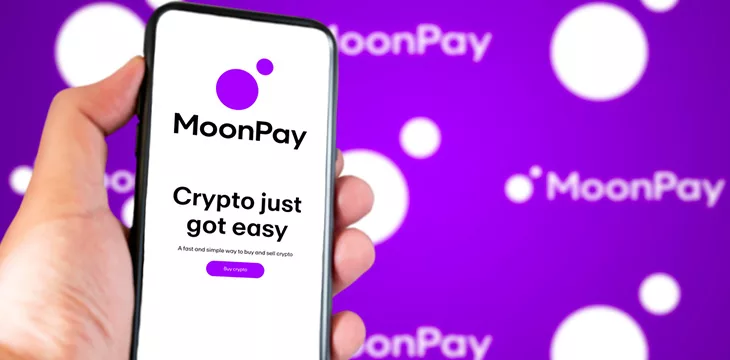Did MoonPay Hollywood Celebrities Give Bored Ape NFTs To Pump Price And Raise Profile?

It’s no secret that there is an ongoing class action lawsuit against some of Hollywood’s biggest names for promoting Bored Ape NFT without declaring their financial interests.
Now The Block has reported that sources have confirmed that MoonPay, a multi-billion dollar digital currency startup, did in fact give high-profile celebrities Bored Ape NFTs to raise their profile.
While MoonPay denies the allegations, claiming it charged its celebrity clients full price for the NFTs, it declined to comment on when it billed them and whether or not they paid.
The class action lawsuit, filed in 2022, alleges that celebrities promoted both Bored Apes’ NFT collection and MoonPay itself without disclosing their financial interests.
The revelations are yet another example of the atrocities in the industry. It’s also further proof that there’s nothing new here: existing financial and securities laws apply to so-called digital assets, and those who violate them will be held accountable, whoever they are.
Which celebrities were involved, and who has been brought to justice so far?
Celebrities promoting Bored Apes on social media include Justin Bieber, Madonna, Gwyneth Paltrow, Jimmy Fallon and Paris Hilton. But while they may be caught up in this scandal, they are far from the only celebrities involved in “crypto” schemes.
In the past, boxing champion Floyd Mayweather Jr., DJ Khaled and influencer Kim Kardashian have all been named and shamed, and in some cases fined, for their involvement in promoting ICOs.
As the SEC ramps up its enforcement of the industry, targeting some of the biggest players like Coinbase (NASDAQ: COIN ) and Binance, we may yet see more household names charged, fined and worse for their violations.
Bored Apes is an embarrassment to the potential of NFTs
Bored Apes not only launched the Ethereum blockchain, proving how unfit it is as a base layer for anything, but they have irreparably damaged the reputation of NFTs. It’s a shame because, as those who build utility blockchains know, NFTs can be so much more than JPEGs of monkeys fleeceing people for millions.
What are some real use cases for NFTs? Controlling access to rooms and buildings, verifying the authenticity of luxury goods, tracking goods in supply chains, tokenizing real estate and creating new business models for artists are some potential use cases for non-fungible tokens.
But for these use cases to be realized, the “crypto” scams must die, and technically superior blockchains must be given the attention they deserve. Hopefully, when the Securities and Exchange Commission (SEC) brings down the hammer on the worst players in the industry, the endless distractions will fade to black, and those building the future on utility blockchains like the BSV blockchain will show the world what this revolutionary technology can do.
Discussion: How NFTs are bridging the cross-platform gap
New to Bitcoin? Check out CoinGeeks Bitcoin for beginners section, the ultimate resource guide for learning more about Bitcoin – as originally envisioned by Satoshi Nakamoto – and blockchain.























